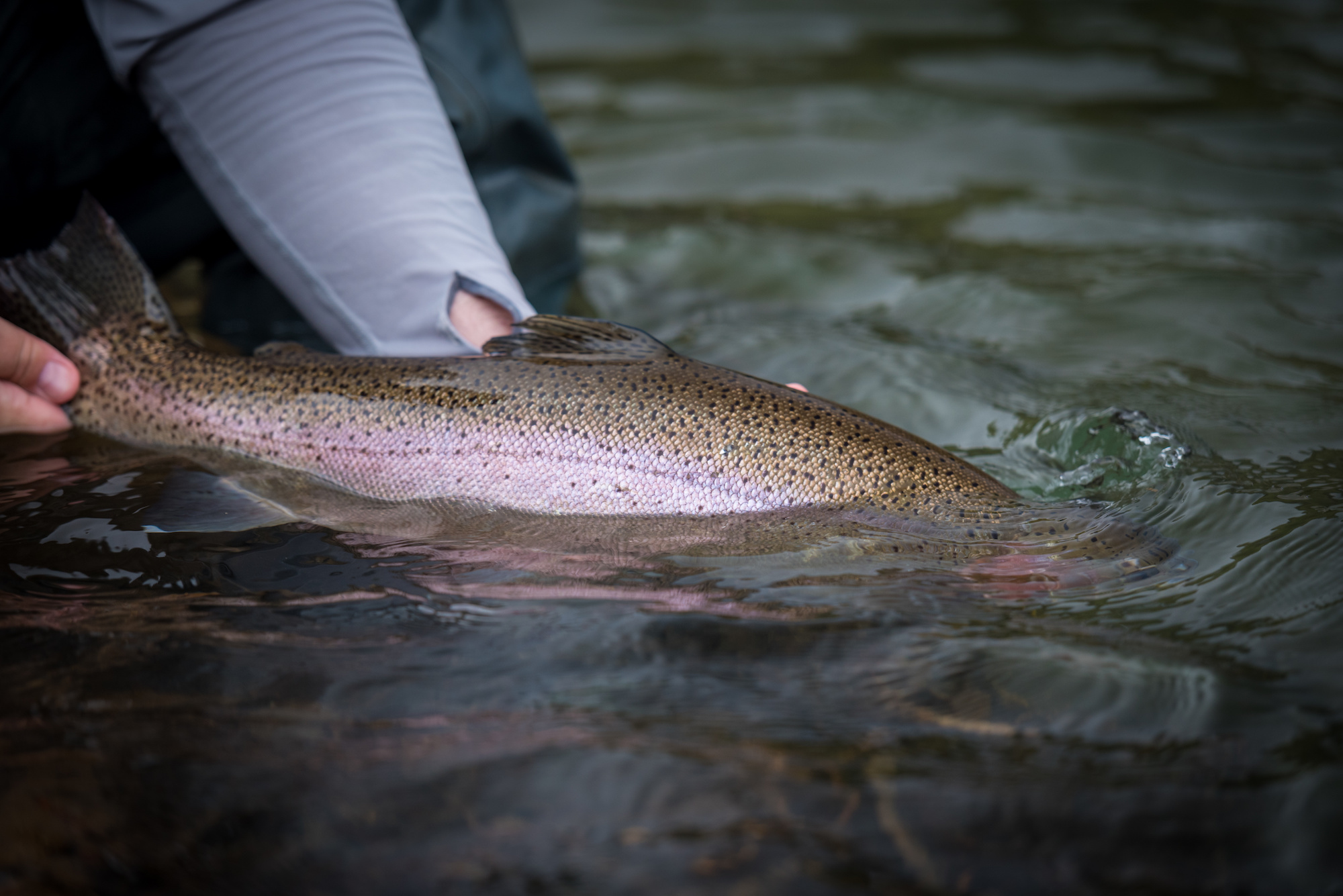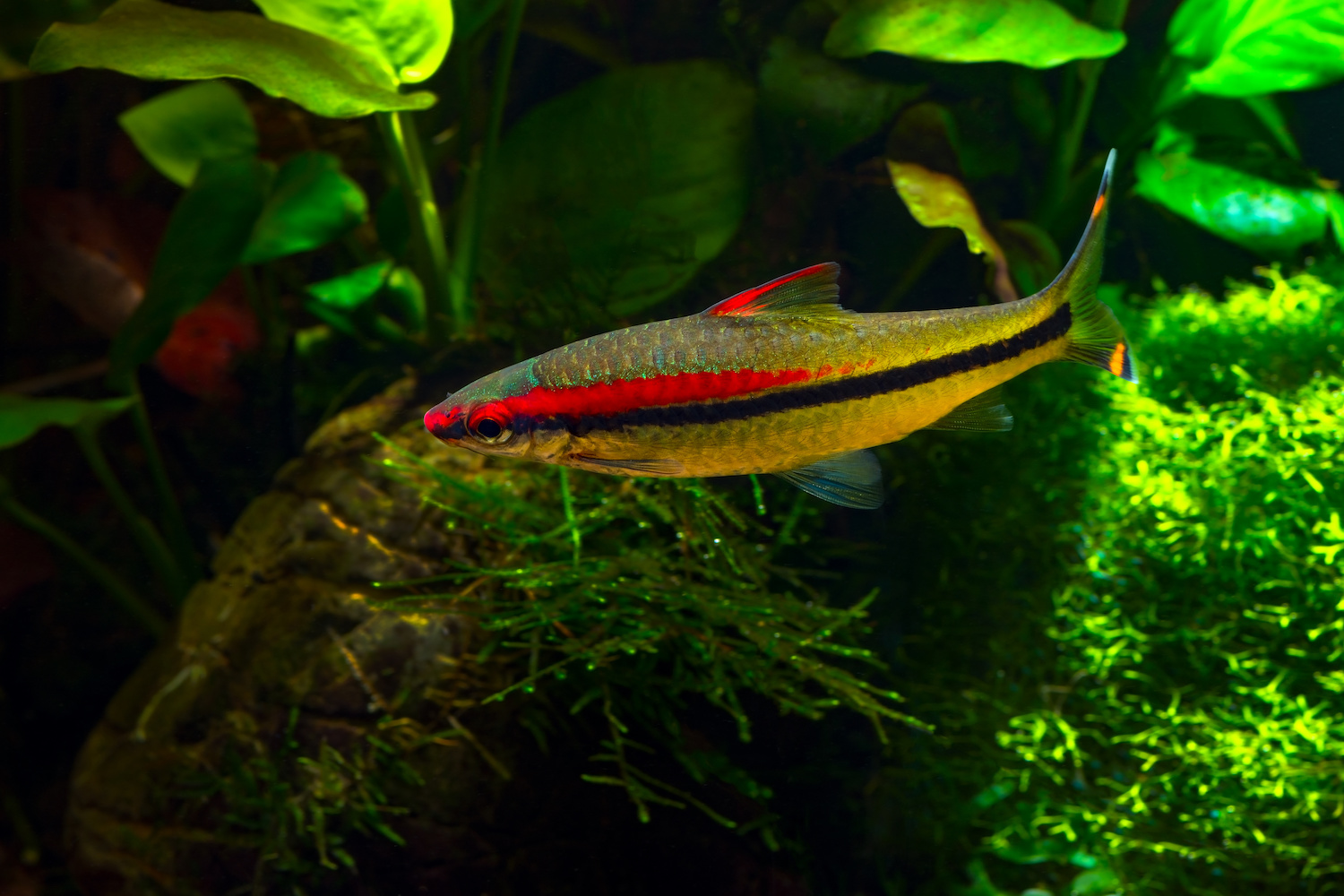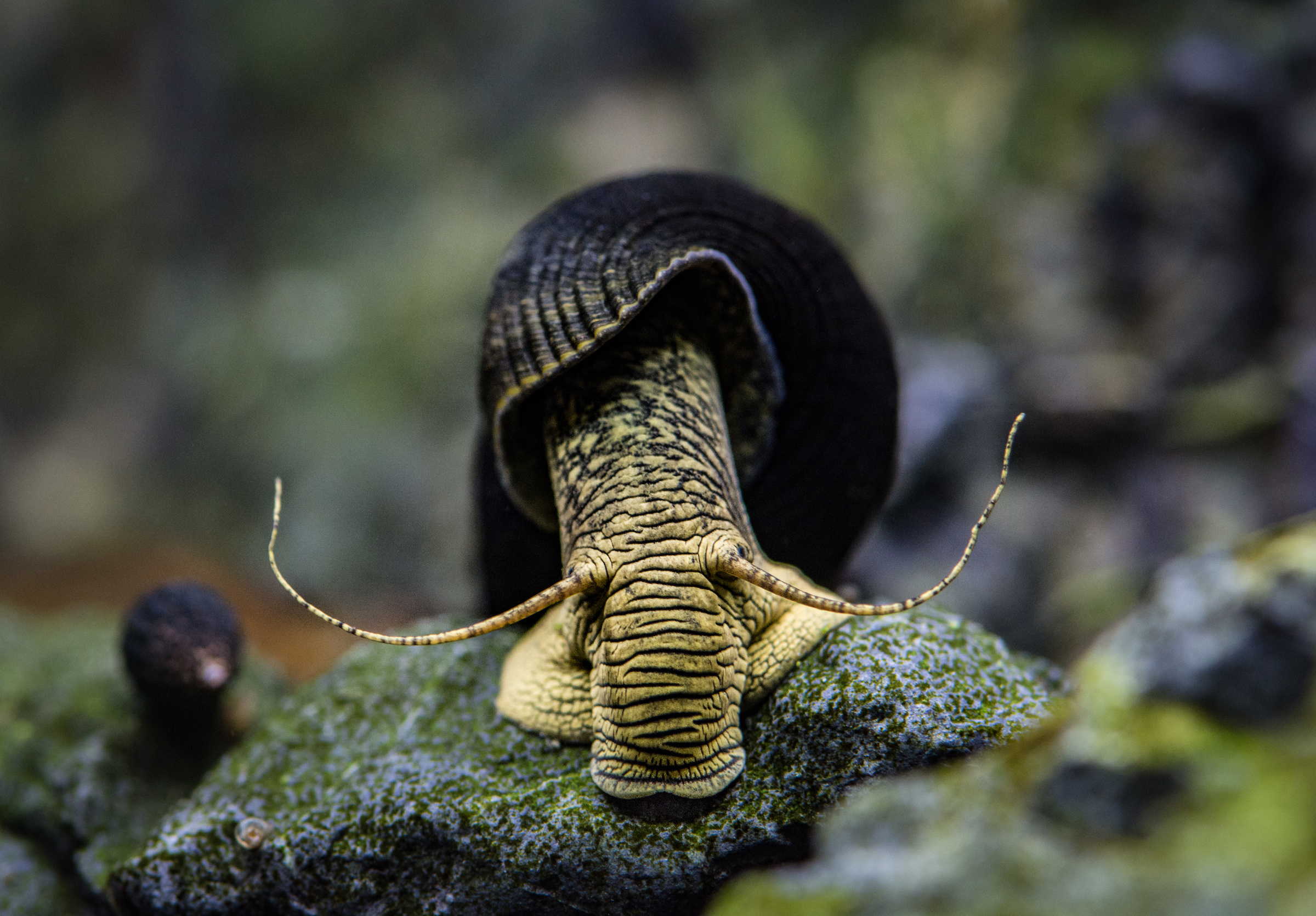The Species Approach
SHOAL aims to catalyse conservation initiatives focused on freshwater species. Little funding is currently available to support conservation action for freshwater flora and fauna despite these species being some of the most threatened on the planet.
Many large existing organisations work on watershed management, wetland habitat conservation and on water policy. While these larger changes to the way we manage our freshwater systems are needed for the long-term protection and recovery of freshwater ecosystems, in the meantime many freshwater species are slipping towards the brink of extinction.
SHOAL’s approach will be to focus on species and site-specific conservation interventions. SHOAL will not implement projects itself, but will work with trusted partners around the world to implement scientifically rigorous, innovative and participatory conservation interventions sensitive to and grounded in their local context.
Supporting the capacity development of local organisations to work on freshwater species conservation will also be vital to the long-term success of SHOAL and to amplifying the impact of the partnership’s work, creating a new global conservation community. The projects will aim to change the fate of target species, helping avoid extinction and support population recovery while ensuring that conservation interventions engage and benefit the human communities who share these freshwater environments.
SHOAL will also aim to foster collaboration between partners over projects, encouraging mutual respect and joint working. For example, an initial project will aim to bring together public aquaria and private aquarium hobbyists to develop a systematic strategy for the sustainable population management of the fish they keep.
SHOAL’s main initial focus is on conservation action for freshwater fish, and there are several reasons why, when done well, targeted freshwater fish conservation efforts can be highly effective:
- Many freshwater species occupy very small ranges – they are adapted to small and specific niches where unique combinations of temperature, flow, pH and oxygen saturation allow them to thrive. However, whilst this makes these species more vulnerable to extinction, it also means that where these sites can be effectively protected it can have a significant impact on the survival of a number of species. Example: Devil’s Hole pupfish
- Many species of freshwater fish have very high reproductive rates. This means where the drivers of population declines are addressed, freshwater species populations can recover very quickly. Those with slower reproductive rates also tend to be species which require focused and urgent conservation attention. Example: Brown Trout
- Captive breeding and reintroduction are possible for several species of freshwater fish. This means it is possible to recover populations of threatened species if their natural habitat can be effectively conserved or restored. Example: Tequila splitfin
- Effective conservation of freshwater fish can also help to maintain and improve the functioning of whole freshwater ecosystems, returning significant benefits for human populations and terrestrial and coastal wildlife. Freshwater species and fish in particular often play an important economic, social, cultural or ecological role meaning communities who interact with these species can benefit significantly from the recovery of these populations. Example: Arapaima
- Individual species can capture the public imagination and act as an umbrella for conservation of an entire ecosystem. Example: Mekong Giant Catfish
There are also already some examples of very effective conservation interventions. Project Piaba has demonstrated the potential for a sustainable aquarium trade to contribute to the conservation of the cardinal tetra and the natural environment in the Rio Negro. Meanwhile in the US the return of species such as the Shad to the Apalachicola River and the Alligator Gar to Illinois are examples of the potential for small species-focused interventions to have significant impacts on freshwater fish populations (see Miller 2013). As a partnership, SHOAL can emulate these successes across the globe.
Over time, the partnership also aims to develop projects focusing on other groups of freshwater species such as plants, crustaceans and molluscs. These species also receive minimal attention and suffer from similar levels of threat to freshwater fishes. SHOAL will therefore shine a light on the overlooked biodiversity of the world’s freshwater environments, filling a much-needed gap in saving this wonderful group of species and addressing one of nature’s most urgent conservation crises.



